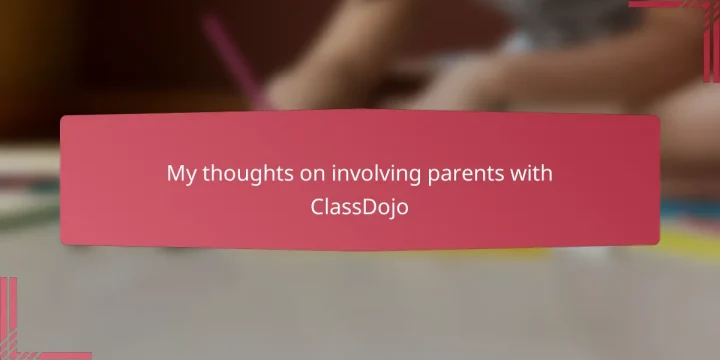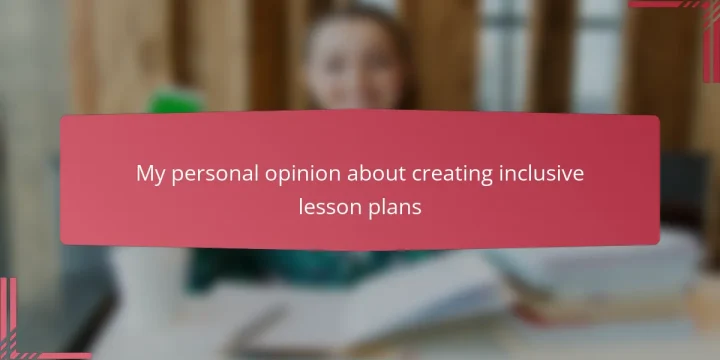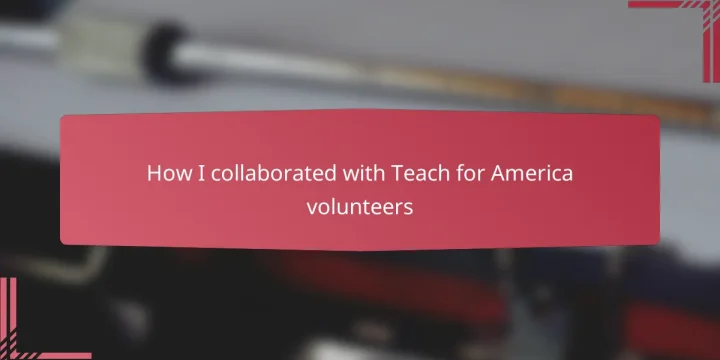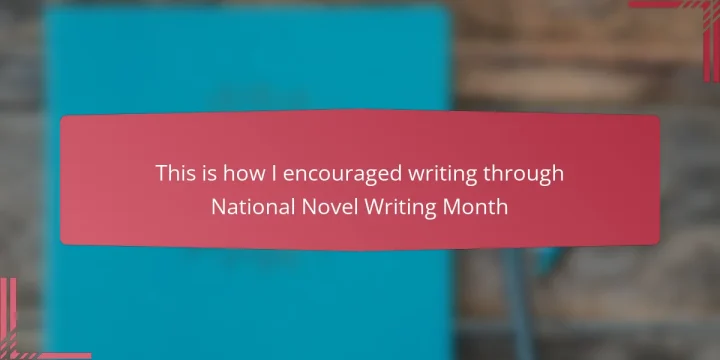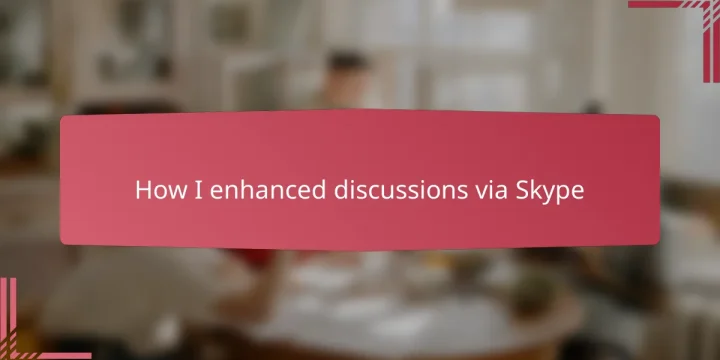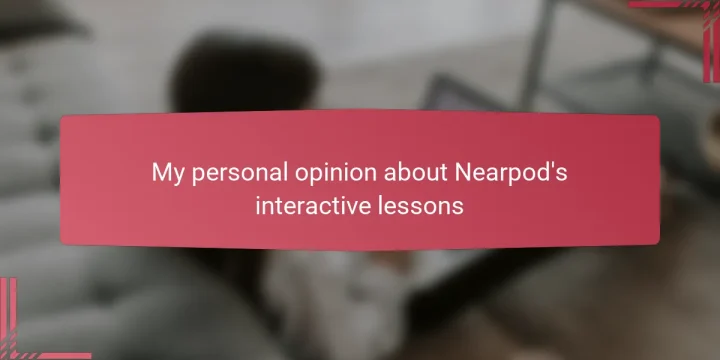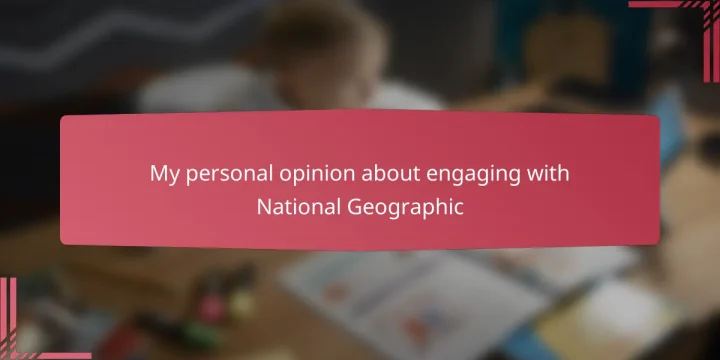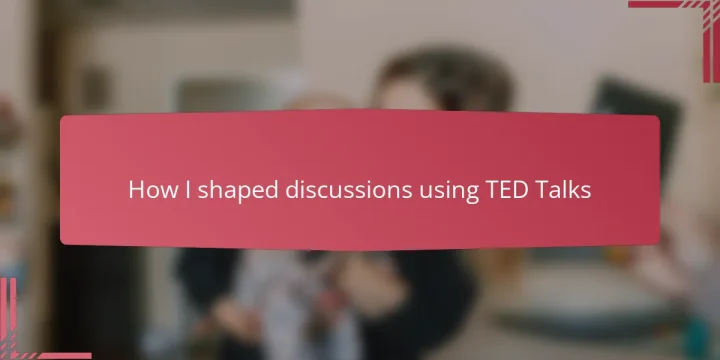
Key takeaways TED Talks combine personal narratives and research, making complex social issues relatable and urgent for activists. Incorporating TED Talks in classrooms fosters active engagement and critical thinking among students, turning passive viewing into meaningful discussions. Selecting diverse TED Talks encourages rich debates and challenges perspectives, enhancing the quality of dialogue. Personal experiences shared by educators can open pathways for vulnerability and deeper connections in discussions, enriching the learning environment. Understanding TED Talks for Activists TED Talks are more than just presentations—they’re powerful stories that can ignite passion and inspire action. When I first watched a TED Talk on social justice, I felt a surge of motivation, realizing how a single voice can ripple into larger conversations. Have you ever wondered why some talks stick with you long after…
